When doctors prescribe an opioid medication, or an opiate drug, for pain relief, it may bring up many questions. A common concern is the risk of addiction from the drug. The country has seen an increased rate of opioid addiction and it has resulted in an epidemic that raises concerns for local and state communities, as well as national public health risks. It is one of the most significant public health crises of our time, one that affects both rural and urban public health, and people of all races, ethnicities, and economic classes.
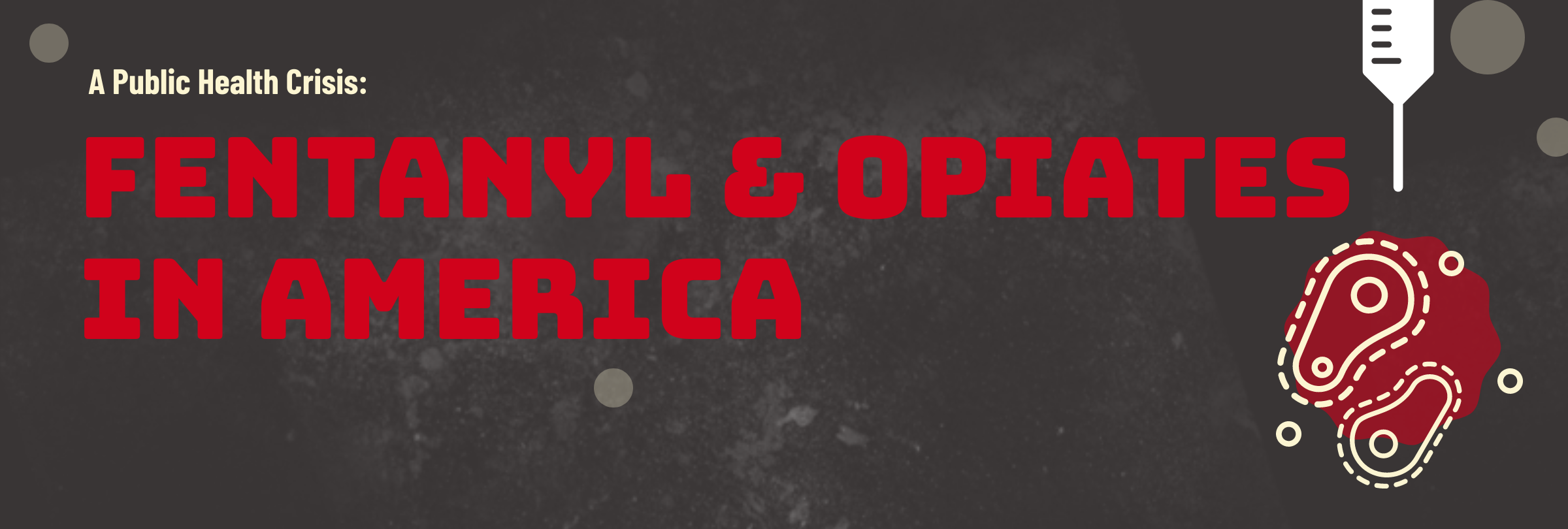
What is the Opioid Epidemic?
The opioid epidemic refers to the high rate of opioid drug overdoses and health complications. These prescription drugs are very addictive, and have led to many accidental overdoses since the drugs became more commonly prescribed for pain in the 1990s. According to the U.S. Department of Health and Human Services, the drugs were not initially considered addictive. As more doctors prescribed the medication and it was misused by patients, it became clear that opioid drugs were addictive. The opioid epidemic statistics may vary slightly by state; however, the country has seen more than 700,000 deaths from opioid drugs since 1999 and the rate of death has increased each year.
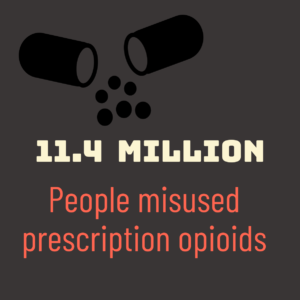
2017 National Survey on Drug Use and Health, Mortality in the United States, 2016
The opioid epidemic in the United States impacts many areas; however, the opioid epidemic by state depends on the risk factors of the state. The Centers for Disease Control has found that the state with the highest rate of opioid epidemic deaths is West Virginia, with 49.6 deaths per 100,000 residents. Ohio follows with 39.2 deaths per 100,000 residents. Hawaii has a rate of 3.4 deaths per 100,000 residents; however, there are states with limited data that may impact the opioid epidemic by state data.
What Opiate Drugs are Commonly Abused?
When it comes to opioid addiction statistics, the specific drugs used have changed over the years. During the first wave of the epidemic that started in the late 1990s, several prescription opioid drugs were abused and misused by patients, which resulted in accidental addiction and death. From 2010 to 2013, the primary drug resulting in overdose deaths and hospitalizations was heroin. Ironically, tightening restrictions on dangerous prescription drugs resulted in a rise in heroin abuse – heroin being easier to obtain and even cheaper than prescription opioids.
By 2013, the rate of fentanyl deaths began to rise. The challenge with fentanyl overdose is the potential for illicitly produced drugs to get into the market. The drugs produced illicitly are not only risky due to the complications with dosage, but also due to the potential contamination. The drug may be contaminated with heroin, cocaine, or other illicit drugs. The contamination increases the risk of fentanyl interactions or overdose.
What is fentanyl? Initially, it was a synthetic opiate drug used in medicine for pain relief. It is similar to morphine; however, it is more potent. When used for legitimate medical reasons, it has a potency of 50 to 100 times the rate of morphine, says the National Institute on Drug Abuse. Originally intended strictly for end-of-life pain relief, this prescription medication is usually used for pain relief after major surgical procedures or when other treatments do not work with chronic pain conditions.
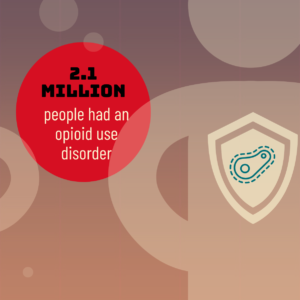
2017 National Survey on Drug Use and Health, Mortality in the United States, 2016
What is the Rate of Overdose Deaths from Opioids?
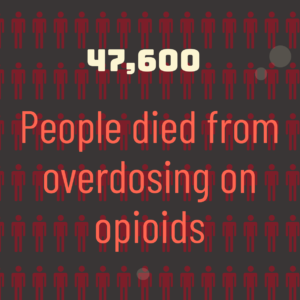
NCHS Data Brief No. 329, November 2018
Opioid overdose statistics show that the rate of death from opioid drugs is on the rise. In 2017, more than 70,000 deaths nationwide were caused by drug overdoses. Among the overdose deaths in 2017, 28,400 were from fentanyl overdose. In total, 47,600 deaths were caused by an opioid drug in 2017, which accounts for the majority of overdose deaths.
In recent years, fentanyl has claimed a number of famous deaths to accidental fentanyl overdoses, including (more prominently) Prince, Tom Petty, and popular young rapper Mac Miller. Both Prince and Tom Petty followed a path common to opioid users – they became addicted to painkillers because of chronic health conditions. Both had put off necessary hip surgeries, but unlike many Americans, who put off surgery because of the cost, Prince and Tom Petty had both avoided surgery due to their careers. Their dedication to touring and performing ultimately cost them their lives.
What are the Symptoms of Opioid Overdose?
Opioid overdose symptoms help you identify when a loved one may be misusing or abusing opioid medication. It also helps you determine when to seek help after taking an opiate drug as prescribed by a medical doctor. An overdose on opioid drugs is not always due to misuse or abuse of the substance. It may occur when using the medication as prescribed or when taking the drug for pain relief.
Common symptoms of an overdose include:
- Clammy or blue skin
- Confusion or drunk behavior
- Difficulty breathing or irregular breathing
- Loss of consciousness
- Pupils that shrink to a pin-point size
- Severe fatigue or being unable to wake up
- Stopping breathing
- Vomiting
If you suspect an overdose in a loved one, then seek treatment immediately. Waiting for treatment may result in severe injury or death due to the overdose. Call for medical assistance as soon as you notice odd behavior or signs of an overdose.
How are Communities and Governments Addressing the Epidemic?
Due to the challenges to public health and safety, state, federal, and local governments are taking measures to help with the challenges associated with the epidemic. While specific measures may vary by state and locality, there are some common ways communities and government organizations are working on the epidemic.
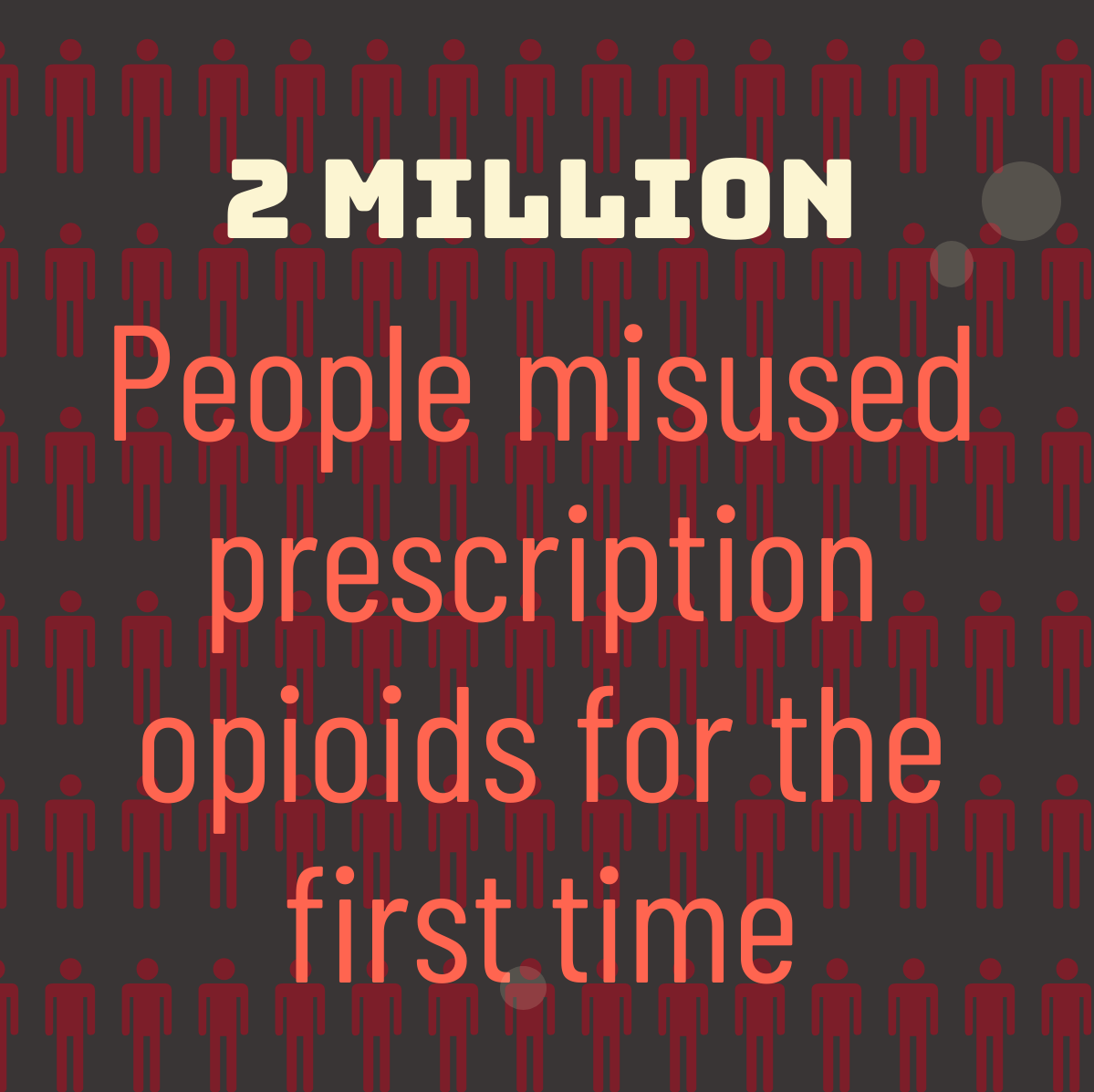
2017 National Survey on Drug Use and Health, Mortality in the United States, 2016
At the federal level, the primary measure taken to address the epidemic is through grants. A state or local government may apply for a grant to expand or improve their treatment options. The federal government may offer funds to assist with efforts within a state or local area based on the requirements set for the grant.
Top 10 Best States for Public Health
Top 10 Best Cities for Public Health
States take more active approaches to the complexities of opioid addiction and overdose risks by organizing programs to help with addiction recovery. The programs may vary from prescription monitoring to standing orders for naloxone and related solutions to help address the addiction. A state may also set up state-run treatment programs that help individuals with substance abuse and recovery. In some cases, a state requires a doctor to send patients to a specialist in addiction when they are given a prescription for an opioid mediation to reduce the risk of accidental addiction when using the medication for legitimate conditions or concerns.
At the local or community level, measures to address the opioid epidemic statistics depend on the challenges with the drugs as well as the risk factors involved in the local area. Generally, communities set up treatment options or community programs that may assist with recovery. A community may offer counseling or out-patient treatment programs. It may also offer 12-step programs or similar solutions. In cases of overdose or related concerns, the community government or courts may require individuals to enter treatment programs.
Colleges and universities have also worked to address the problem of overdose, especially by making overdose reversal medications like Naloxone readily and quickly available on campus in case of overdose.
What Opioid Addiction Treatment Options Can Help?
A key factor that may arise when looking into what is fentanyl and how to treat opioid addiction is finding an effective treatment strategy. In the case of opioid drugs, effective opioid addiction treatment starts with addressing the withdrawal and cravings associated with the drugs. Certain medications like buprenorphine or naltrexone are the start of the process. The medications reduce the severity of withdrawal symptoms and help limit the risk of a relapse.
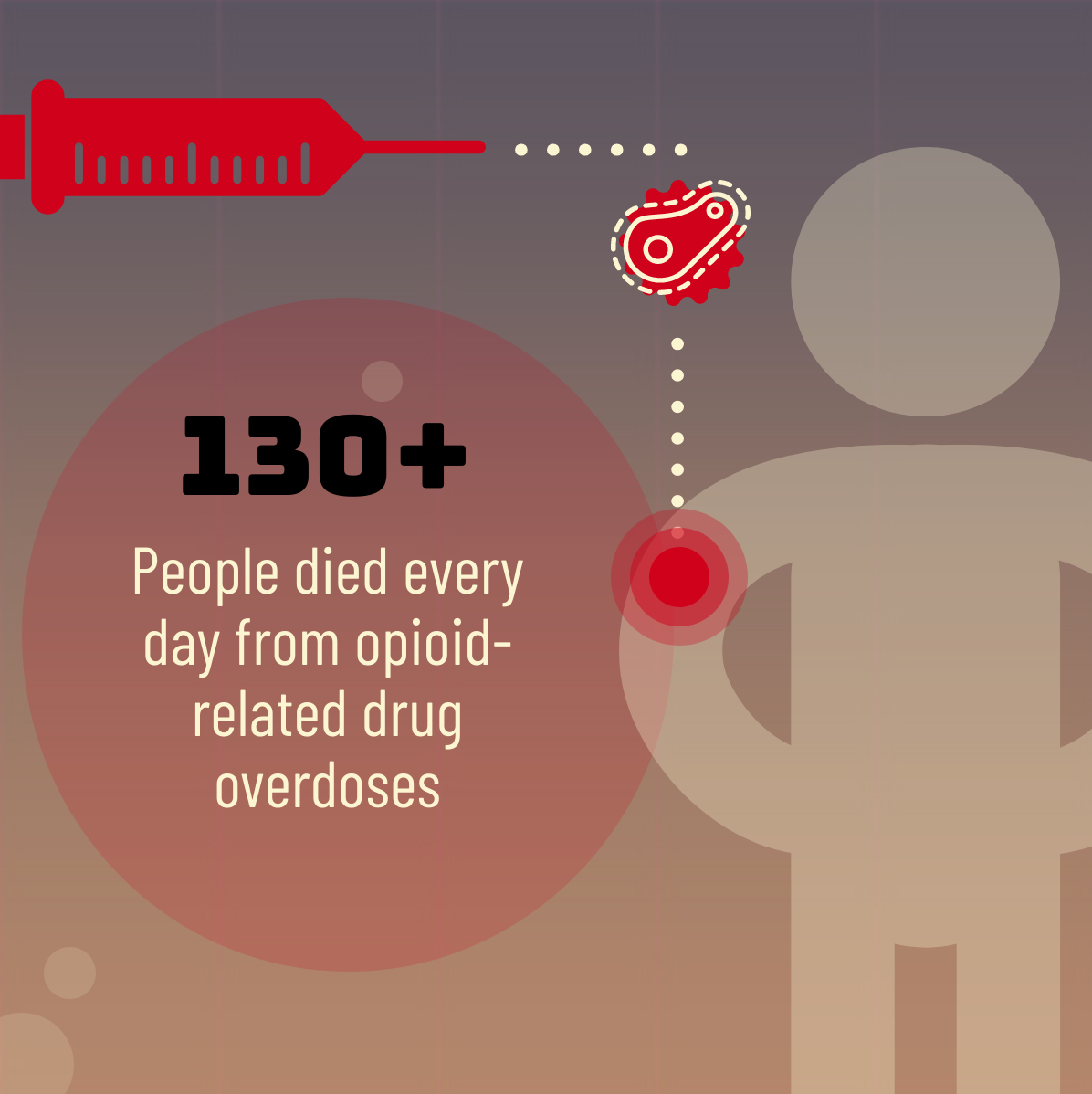
NCHS, National Vital Statistics System. Estimates for 2017 and 2018 are based on provisional data.
After going through detoxification and getting individuals onto an appropriate medically-assisted treatment program, the next step in recovery is behavioral therapy. Cognitive-behavioral therapy, or cognitive therapy, takes a holistic and whole-person approach to recovery. It identifies potential factors that contribute to opioid misuse or abuse before developing a custom strategy to help with recovery.
In severe cases of addiction, it may be necessary to consider an in-patient treatment program. In-patient treatment offers a structured environment and a variety of treatments to address the underlying causes of addiction. It also helps individuals take the first steps of recovery by giving them 30 to 90 days in an environment that removes them from their normal lifestyle.
The opioid overdose statistics raise concerns about the health of local communities and states. By taking measures to improve public health through education, effective treatment, and government programs, it is possible to address the epidemic and encourage healing. The key is focusing on effective treatment with evidence-based treatments and up-to-date studies.
[Note: All visual statistics sourced from the U.S. Department of Health and Human Services]
Related:
Wine Mom, Interrupted: A Public Health Perspective
Tick-Borne Diseases and Public Health
Post Wildfires: the Call for Public Health Workers in California